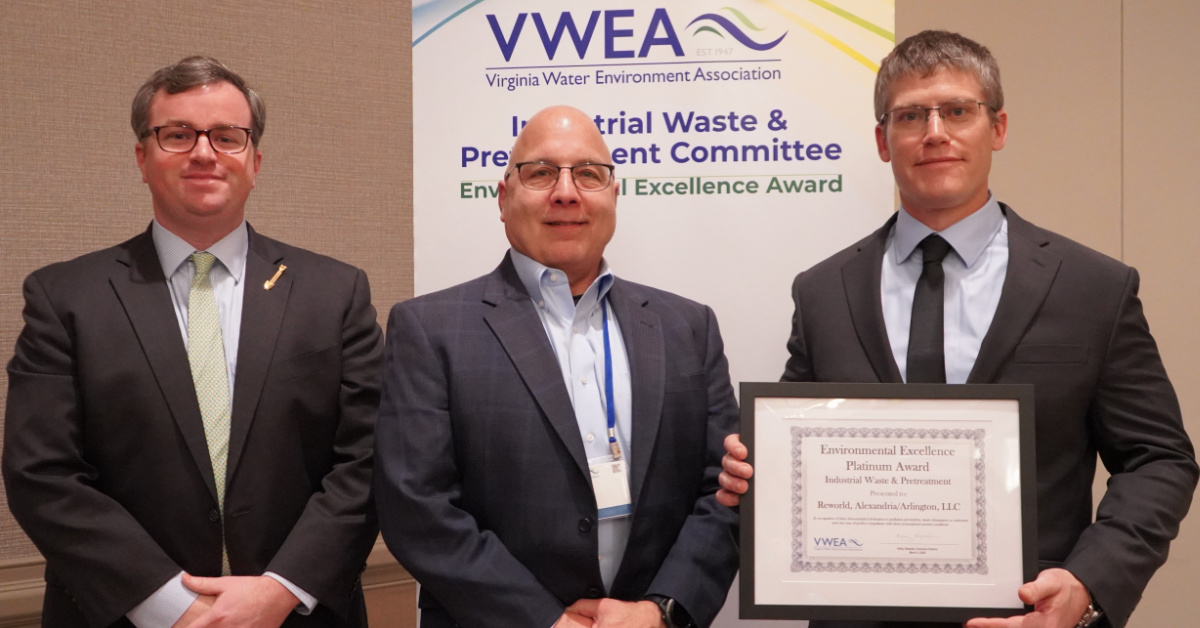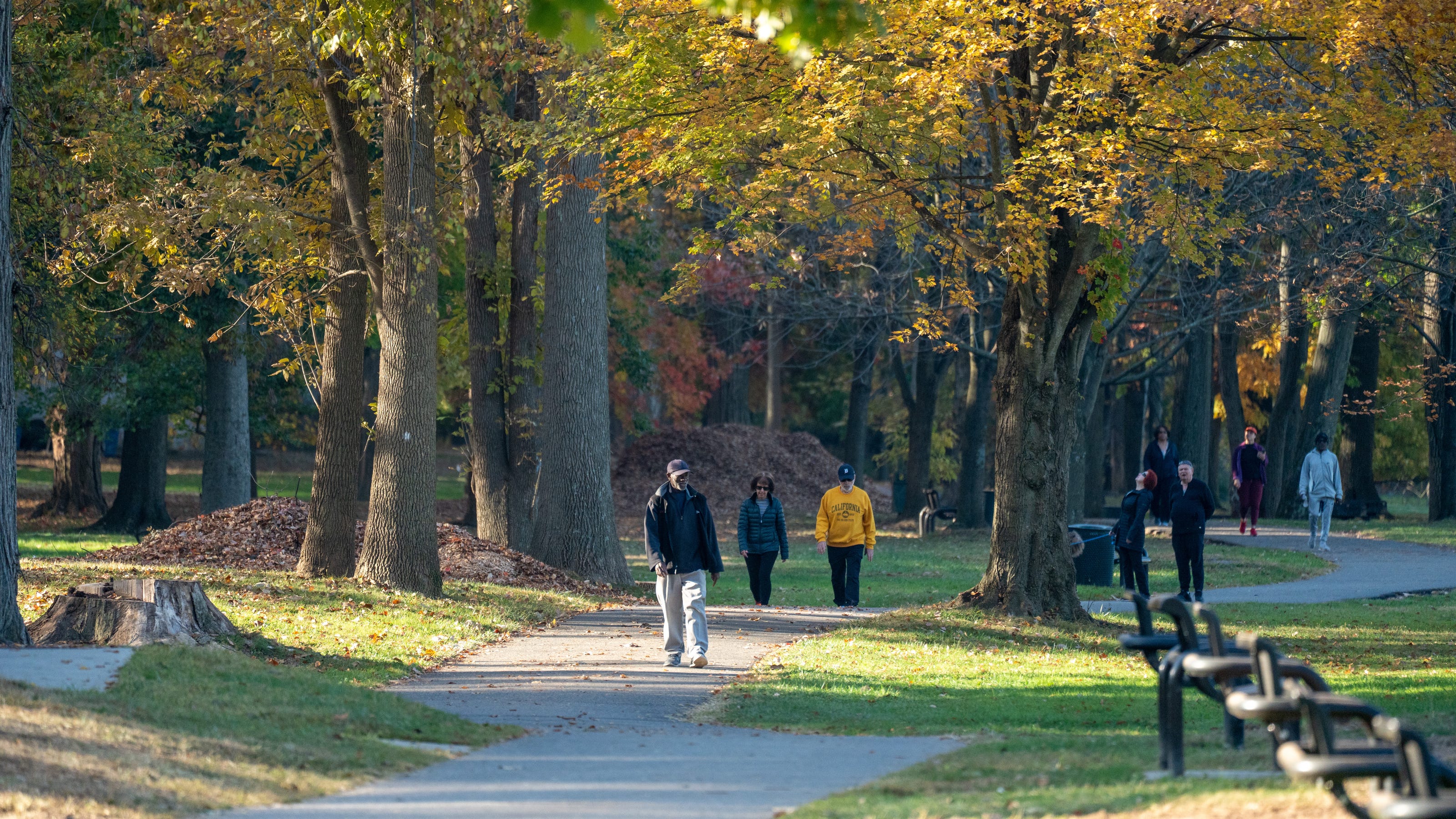From Skeptic to Believer: How Washington's Football Culture Transformed Carver Willis

In a thrilling season opener against Colorado State, left tackle Carver Willis was captivated by the electrifying atmosphere of Husky Stadium. The dynamic environment and passionate crowd left a lasting impression on the young offensive lineman, highlighting the unique energy that makes Washington's home field a formidable venue for opposing teams.
Willis, who experienced the stadium's intense ambiance firsthand, was particularly struck by the roaring fans and the palpable excitement that filled the air during the game. The electric atmosphere seemed to energize the team and create an intimidating backdrop for their performance against the Rams.








